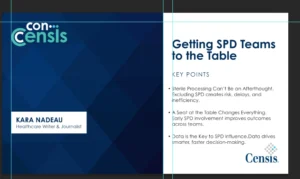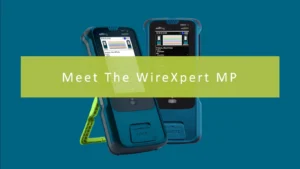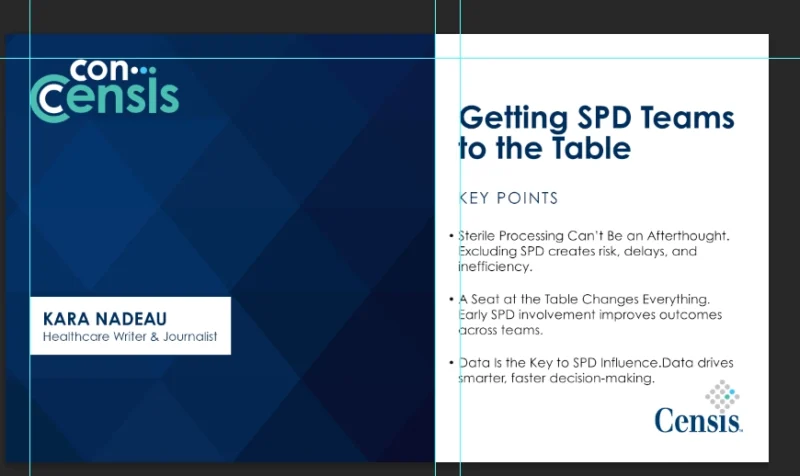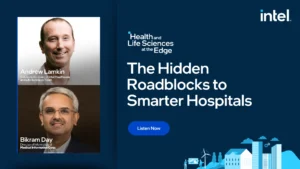Screen Time Usage is High and Only Increasing. What Can We Do to Preserve Eye Health?
We spent a lot time on screens, whether for work or play, before the pandemic. Those in their early 20s spent an average of 25.9 hours per week just on their phones in 2018, according to Time. That number only rose in the span of two years, up to 28.5 hours in 2020. While there are a myriad of eye conditions that can cause vision impairment, simply spending too much time on a screen can cause something called computer vision syndrome.
How does prolonged screen use contribute to eye conditions? And why does blue light from screens contribute to CVS? Well, when your eyes follow the same repetitive path, your eyes may experience overuse and straining, and a lack of blinking when staring at a screen can cause them to dry out. Blue light from screens can also result in retinal damage, increase risk of macular degeneration, and disrupt your sleep schedule.
What are basic guidelines for taking care of your eye health, whether you are a recreational screen user or use the screen for work? Justin Kwan, Senior Manager of Myopia Management, Coopervision, shares some strategies for preventing onset of vision impairments caused by excessive screen usage.
Justin’s Thoughts
“Our world is increasingly digital. I always joke that accountants are on three computer monitors, radiologists on six computer monitors. Whether you have a curve display, likely it’s straight ahead or too high. We need to get these multiple monitors down a little bit. We know that, you know, stuck in our basements, our home offices, and even at the workplace, lighting is not always enough and we need to get outside, even on breaks, as short as they may be.
Light is powerful, impacts our physiology in terms of our circadian rhythms and how we stay healthy. So, from an optometrist’s point of view, we need to be able to help our own cells with what life demands of us. We know that there are contact lenses like Biofinity and soon come MyDay Energist that have digital zone optics.
We’re gonna relieve some of that focusing that we click on ourselves and that work demands of us. There are glasses that shouldn’t just be focused for far and up close, but should be focused for the computer and down closer to us as well. You know, our smartphones tell us, you know, an iPhone every Sunday, what’s our average daily amount of screen time?
Doesn’t even, take into account our computer screen time as well. And smartphones are held really close, you know, less than 30 centimeters. For an adult’s kind of arm’s length is even closer than, than what our eyes have been, uh, used to. Looking back even decades ago. We’re not used to having things this close to us.
And so, when we think about the next generation coming up, our children, grandchildren, they need to get outside more too, because myopia develops and starts at a much younger age than before. And our education system is really focused around using digital devices for learning. So, with that, we need to kind of take an all-hands-on deck approach and help our own selves to kind of live a more, a visually healthy life.
Despite, I kind of mandated these 10 hours a day on computer screens. And to be able to take breaks, blink more to get our oil glands and tears healthy and use devices like contact lenses and glasses to really keep ourselves fresh and powering through when the demand is so great. So, with that, I hope you benefited from a couple of nuggets.”








